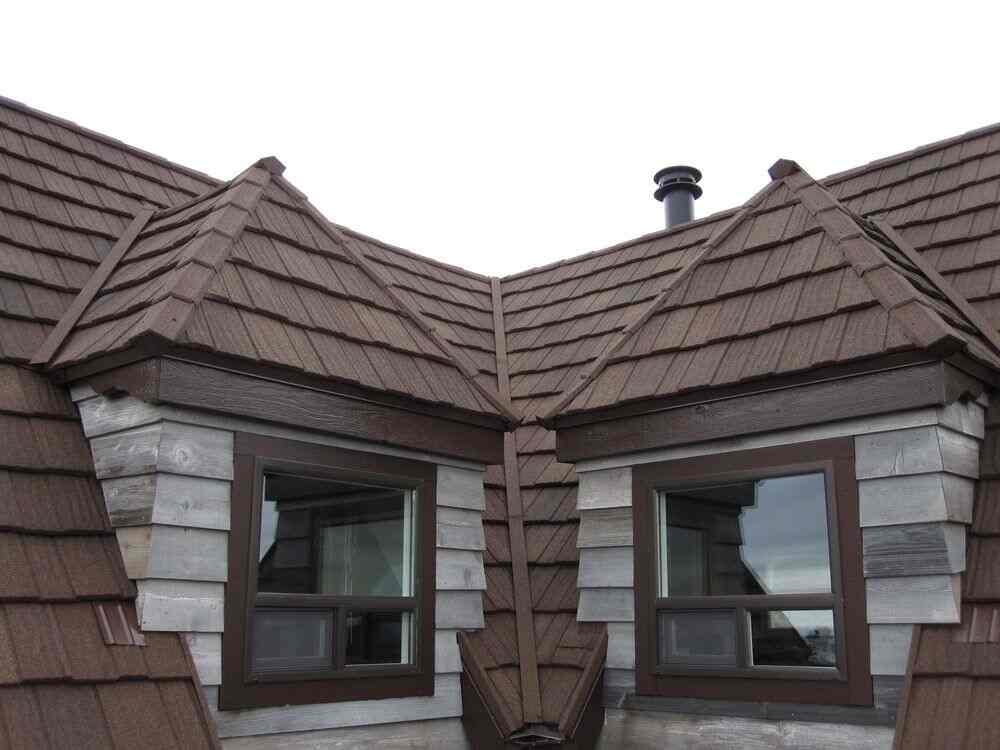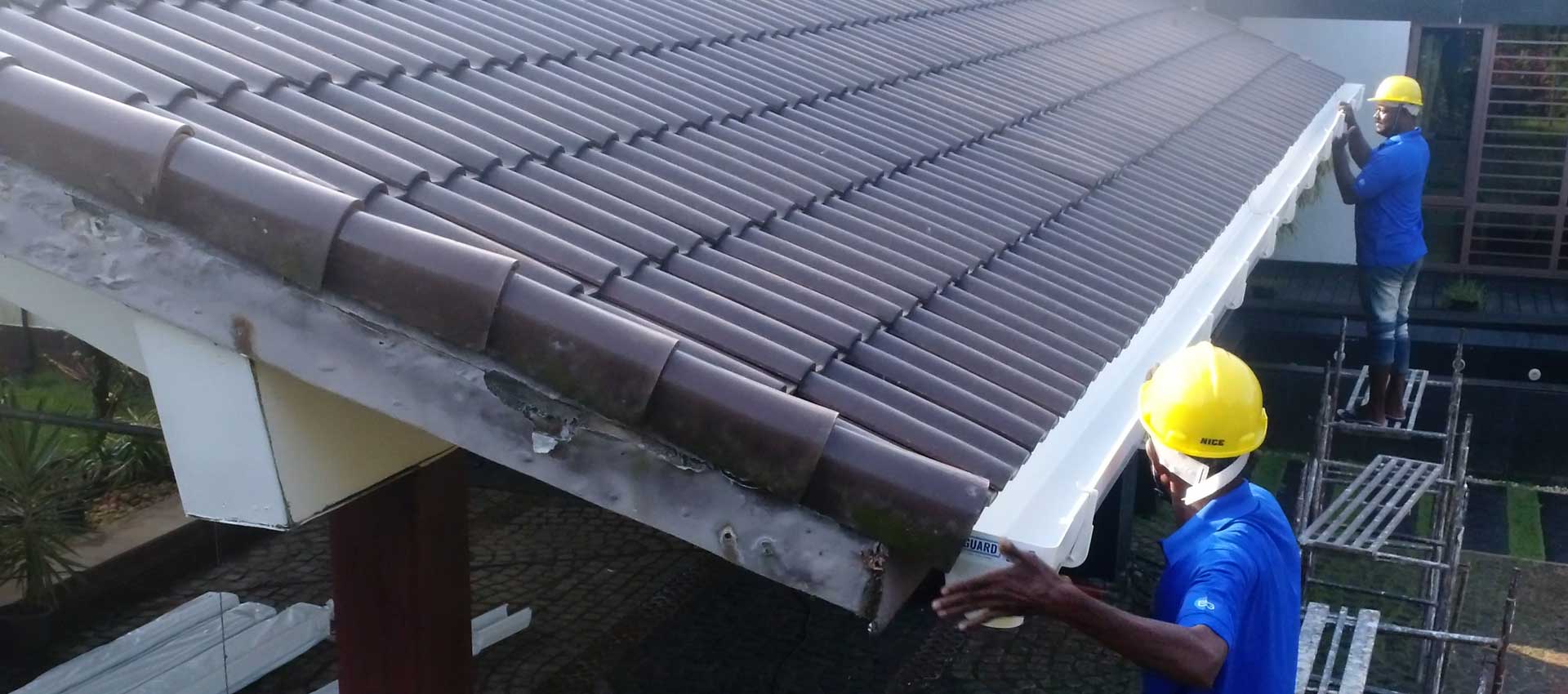
Rain gutters may not be the most exciting feature of a home, but they play a crucial role in protecting your property from water damage. Without a properly functioning gutter system, rainwater can cause foundation issues, landscape erosion, and even structural damage to your home. If you’re looking for reliable rain gutters columbus,tx it’s essential to understand their importance, types, materials, maintenance, and installation tips. In this guide, we’ll explore everything you need to know about keeping your gutter system in top shape.
Why Are Rain Gutters Important?
Rain gutters serve a vital purpose by directing rainwater away from your home. Here’s why they are essential:
Prevents Foundation Damage: Water pooling around the foundation can lead to cracks and weakening over time.
Protects Siding and Paint: Gutters help prevent water from splashing onto exterior walls, reducing the risk of rot and peeling paint.
Reduces Soil Erosion: Uncontrolled water runoff can wash away landscaping and create unwanted trenches around your home.
Prevents Basement Flooding: Proper drainage prevents water from seeping into your basement, reducing the risk of mold and mildew.
Preserves Roof and Fascia: Excess water exposure can lead to roof damage and rotting fascia boards.
Types of Rain Gutters
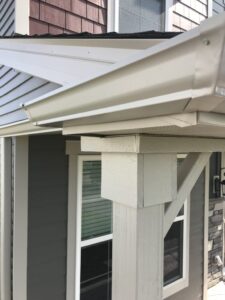 There are several styles of rain gutters to choose from, depending on your home’s design and your personal preference:
There are several styles of rain gutters to choose from, depending on your home’s design and your personal preference:
K-Style Gutters: These are the most popular gutters in modern homes. Their decorative shape mimics crown molding and offers efficient water capacity.
Half-Round Gutters: Commonly found in older or historic homes, these gutters have a rounded shape and provide a traditional aesthetic.
Box Gutters: Typically used in commercial buildings, these gutters are built into the roof structure for a seamless appearance.
Seamless Gutters: Custom-cut to fit your home, seamless gutters reduce the risk of leaks and require less maintenance than sectional gutters.
Common Gutter Materials
Rain gutters come in various materials, each with its own benefits and drawbacks:
Aluminum: Lightweight, rust-resistant, and available in multiple colors, making it a popular choice.
Vinyl: Affordable and easy to install, but may become brittle over time in extreme weather.
Copper: Provides a beautiful, high-end look and is highly durable but comes at a higher cost.
Steel: Strong and durable but prone to rust over time if not properly maintained.
Zinc: Long-lasting and corrosion-resistant, though it requires professional installation due to its specialized properties.
Gutter Maintenance Tips
To keep your rain gutters functioning effectively, follow these maintenance tips:
Clean gutters regularly: Remove leaves, twigs, and debris at least twice a year (spring and fall) to prevent clogs.
Check for leaks and damage: Inspect joints and seams for any signs of leaks or rust.
Ensure proper downspout drainage: Make sure downspouts extend at least five feet away from the foundation to prevent water accumulation.
Install gutter guards: These help keep debris out while allowing water to flow freely.
Secure loose gutters: Ensure your gutters are firmly attached to avoid sagging or detachment during heavy rain.
DIY vs. Professional Installation
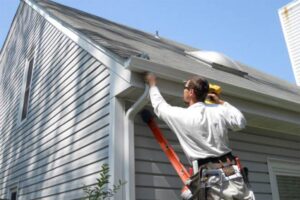 While DIY installation can save money, hiring a professional ensures a seamless fit and proper alignment. Here’s what to consider:
While DIY installation can save money, hiring a professional ensures a seamless fit and proper alignment. Here’s what to consider:
DIY Installation: Best for homeowners with basic handyman skills. Be sure to measure accurately and use proper safety equipment.
Professional Installation: Ensures high-quality results, especially for complex rooflines or premium materials like copper or steel.
Rain gutters are an essential part of home maintenance, providing crucial protection against water damage. By choosing the right type, material, and maintenance routine, you can extend the life of your gutter system and keep your home safe from costly repairs. Whether you opt for DIY installation or hire a professional, investing in quality rain gutters is a smart decision for any homeowner.
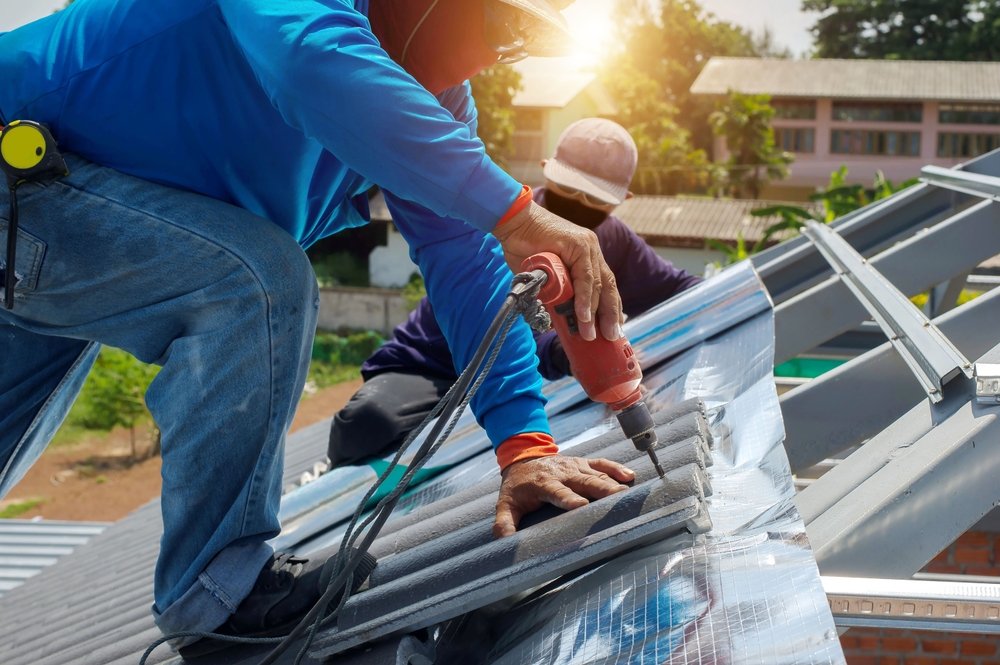
 Regular maintenance can extend the lifespan of your roof and prevent costly repairs. Here’s what you can do:
Regular maintenance can extend the lifespan of your roof and prevent costly repairs. Here’s what you can do: